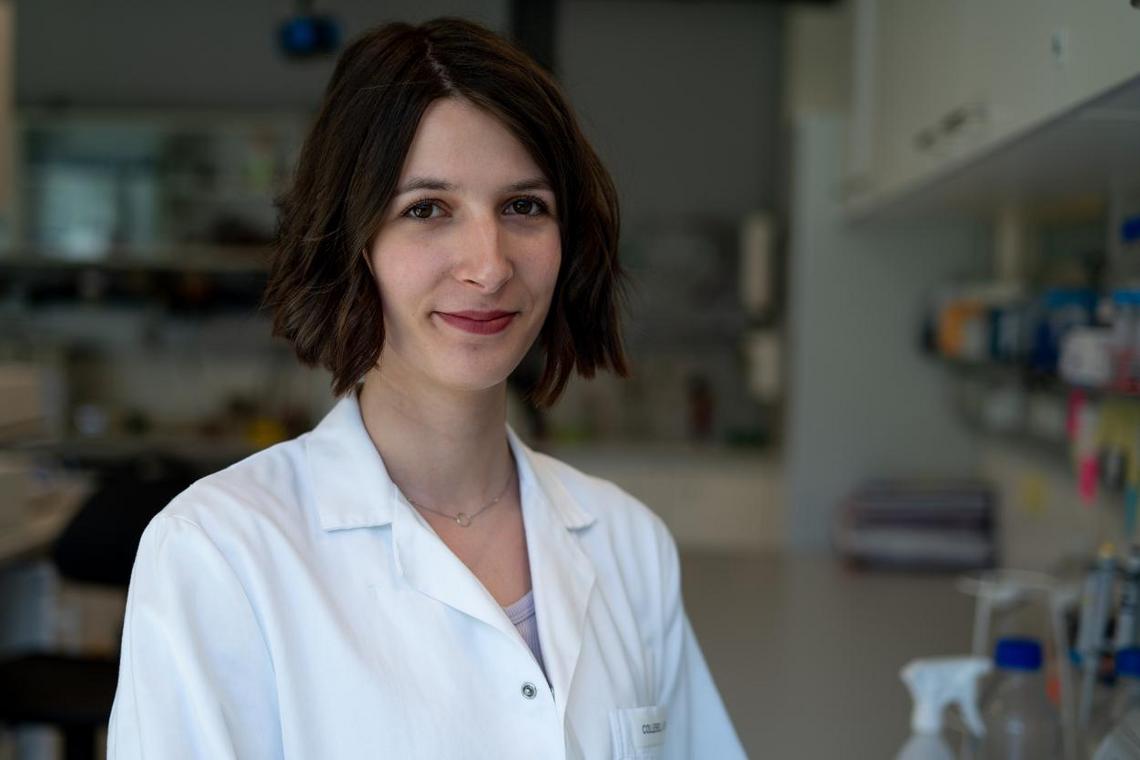Press
Paper by IMC Krems PhD student published in journal Cells

Written by Katrin Colleselli, Marie Ebeyer-Masotta, Benjamin Neuditschko, Anna Stierschneider, Christopher Pollhammer, Mia Potocnjak, Harald Hundsberger , Franz Herzog and Christoph Wiesner, the paper entitled ‘Beyond Pattern Recognition: TLR2 Promotes Chemotaxis, Cell Adhesion, and Migration in THP-1 Cells’ was recently published in specialist journal Cells. With the exception of Ebeyer-Masotta and Potocnjak, all of the authors are IMC Krems researchers. Cells is a widely respected journal with an impressive impact factor of 7.666, making it one of the leading publications in cell biology and related subjects.
“We found that toll-like receptor 2, which is known primarily for recognising invasive pathogens, also plays an important role in the interaction between white blood cells – called leukocytes – and endothelial cells, which form the innermost cell layer of blood vessels. This receptor is instrumental in enabling leukocytes to leave blood vessels and allowing them to reach infected and inflamed parts of the body," explained up-and-coming researcher Katrin Colleselli.
Implications for new treatment approaches
For her PhD, Colleselli collaborated with Christoph Wiesner at IMC Krems’ Institute of Biotechnology as part of a research team focused on toll-like receptor 2 (TLR2). Their research has generated new insights into the function of TLR2 in various cellular processes and could potentially provide important impetus for the development of new therapeutic approaches.
TLR2, which is expressed in white blood cells called monocytes , plays a critical part in sensing invasive pathogens and initiating rapid and effective immune responses. However, the extended role of TLR2 in monocyte adhesion and migration is not fully understood. The researchers discovered that TLR2 promotes faster and stronger adhesion of monocytes to the endothelium and more intense disruption of the endothelial barrier after endothelial activation. The team used mass spectrometry, STRING protein analysis and a real-time quantitative polymerase chain reaction (RT-qPCR) to demonstrate the association of TLR2 with specific integrins, but also identified new proteins that are influenced by TLR2. Using these methods , they found that unstimulated TLR2 influences cell adhesion, endothelial barrier disruption, migration and actin polymerisation.
Katrin Colleselli, Marie Ebeyer-Masotta, Benjamin Neuditschko, Anna Stierschneider, Christopher Pollhammer, Mia Potocnjak, Harald Hundsberger, Franz Herzog, Christoph Wiesner. Beyond Pattern Recognition: TLR2 Promotes Chemotaxis, Cell Adhesion, and Migration in THP-1 Cells. Cells 2023, 12(10), 1425; https://doi.org/10.3390/cells12101425
